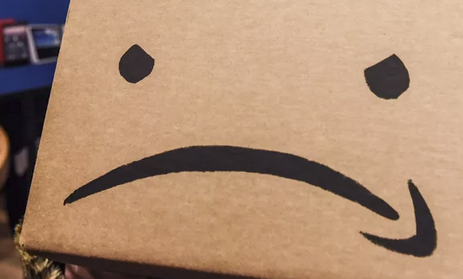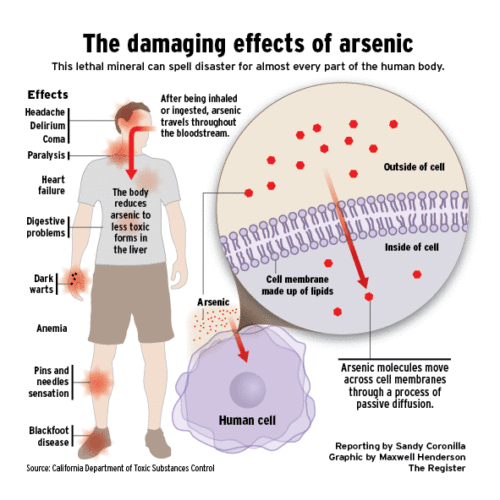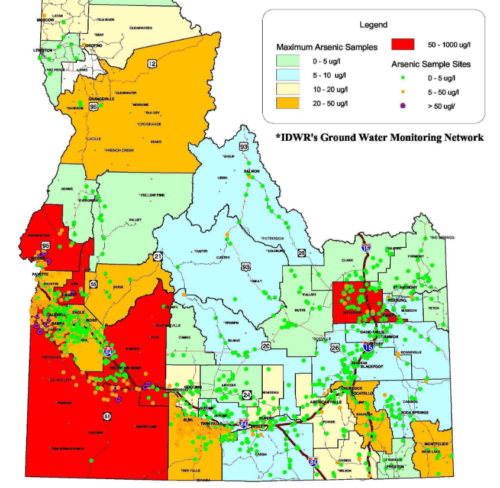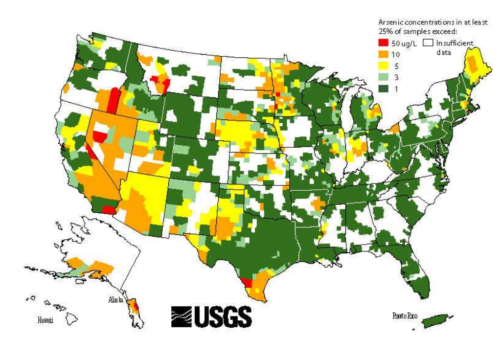 Amazon basically operates like the mob by seeking markets where regulation or justice is too weak to stop it from taking payments for unethical business practices.
Amazon basically operates like the mob by seeking markets where regulation or justice is too weak to stop it from taking payments for unethical business practices.
It allegedly will muscle into markets as an engine of exploitation, which measures margin in the amount of harms it can get away with. Some say this is “natural” in the sense that it fits a pattern of American history:
Inequality in America was not born of the market’s invisible hand. It was not some unavoidable destiny. It was created by the hands and sustained effort of people who engineered benefits for themselves, to the detriment of everyone else.
Thus it somewhat predictably has been accused of building “successful growth” on fake and unsafe services and products that damage or kill, with no accountability to itself for the widespread harms carried by others.
Moreover, such ill-gotten profits seem intentional as they are concentrated into the hands of one man who spends a very small percentage on attempts to fix harms. Just a few examples:
- “Amazon has a counterfeit book problem. But it isn’t really a problem for Amazon itself…”
- “Amazon has a history of allowing media that contains dubious scientific claims on its platform…”
- “The Amazon fraud epidemic…”
- “Inside Amazon’s Fake Review Economy…”
- “Amazon’s Enforcement Failures Leave Open a Back Door to Banned Goods… Sold and Shipped by Amazon Itself“
- “Amazon gives extremists and neo-Nazis banned from other platforms unprecedented access to a mainstream audience — and even promotes [dangerous and violent hate].”
- “Amazon’s gigantic, decentralized, next-day delivery network brought chaos, exploitation, and danger to communities across America.”
- “While the scale and severity may vary, a single theme often unites each newsworthy incident: An unsecured Amazon…”
- “Amazon executive Joy Covey was killed [while riding her bike by a] van delivering Amazon packages….”
Here’s a deeper look into one case (pun not intended) that has been going on for a while now, where we can see flagrant violation of health for profits.
Consumer Reports in 2020 has called out Amazon’s “Starkey” brand water bottled in Idaho because it violates safe standards that limit contaminants in water.
The bottled water, sold in most Whole Foods stores and on Amazon.com, was the only brand of the 45 tested by Consumer Reports scientists between February and May of this year that exceeded 3 parts per billion (ppb)…. Last year, CR tests found Starkey Spring Water exceeded the federal level…
Amazon was the ONLY brand of 45 tested to fail the arsenic test. Many had untraceable amounts, which is great when you look at how dangerous arsenic is to human health. 
Note that the report points out it also failed last year.
And before that?
FDA told Whole Foods that tests had found levels as high as 12 ppb, which resulted in recalls of the water in 2016 and 2017… legal to sell in a bottle across the U.S., but it would be illegal if it came out of the tap…
Recalled in 2016 and 2017, failed tests in 2019 and 2020. Why is this water, which would be illegal to sell if it came from a tap, still being bottled and sold by Amazon?
Amazon explains on their Starkey information site in 2020 that trying to make this water safer would impact Amazon profits, so they’re not doing it.
Arsenic levels above 5 ppb and up to 10 ppb are present… it does contain low levels of arsenic. The standard balances the current understanding of arsenic’s possible health effects against the costs of removing arsenic from drinking water.
Possible health effects “balanced” is how they refer to not making their water safe for consumption.
Possible health effects?
Let it sink in how incredibly vague and misleading Amazon is being on a scientific topic of arsenic in order to say they won’t protect consumers from known harms. They should not be allowed to just casually blow off the harms as “possible health effects”.
Again, Amazon is the only brand of 45 to fail this test. Other brands have untraceable amounts. Nearly 50 competing brands are able to “balance” the correct way by investing in controls for their products to be safe. Why doesn’t Amazon?
Starkey clearly states in their safety report they have decided not to invest in removing arsenic to safe levels, because they believe they can get away with it.
Amazon also clearly promotes this unsafe product with “bottled in Idaho” as if that’s a helpful reference, yet does not include anywhere Idaho Department of Environmental Quality water contamination warnings:
Arsenic is a problem in some parts of Idaho.
“Some parts” is a reference to the area of Idaho (southwestern corner) where Starkey water is sourced.

In fact, that red area that shows up on the Idaho contaminant map stands out as being worst levels in the entire US.

In summary, Amazon is selling water from the most arsenic contaminated region of the US, putting it into harmful single-use plastic bottles, and continues to sell it despite years of public safety test failures.
Buyer beware.